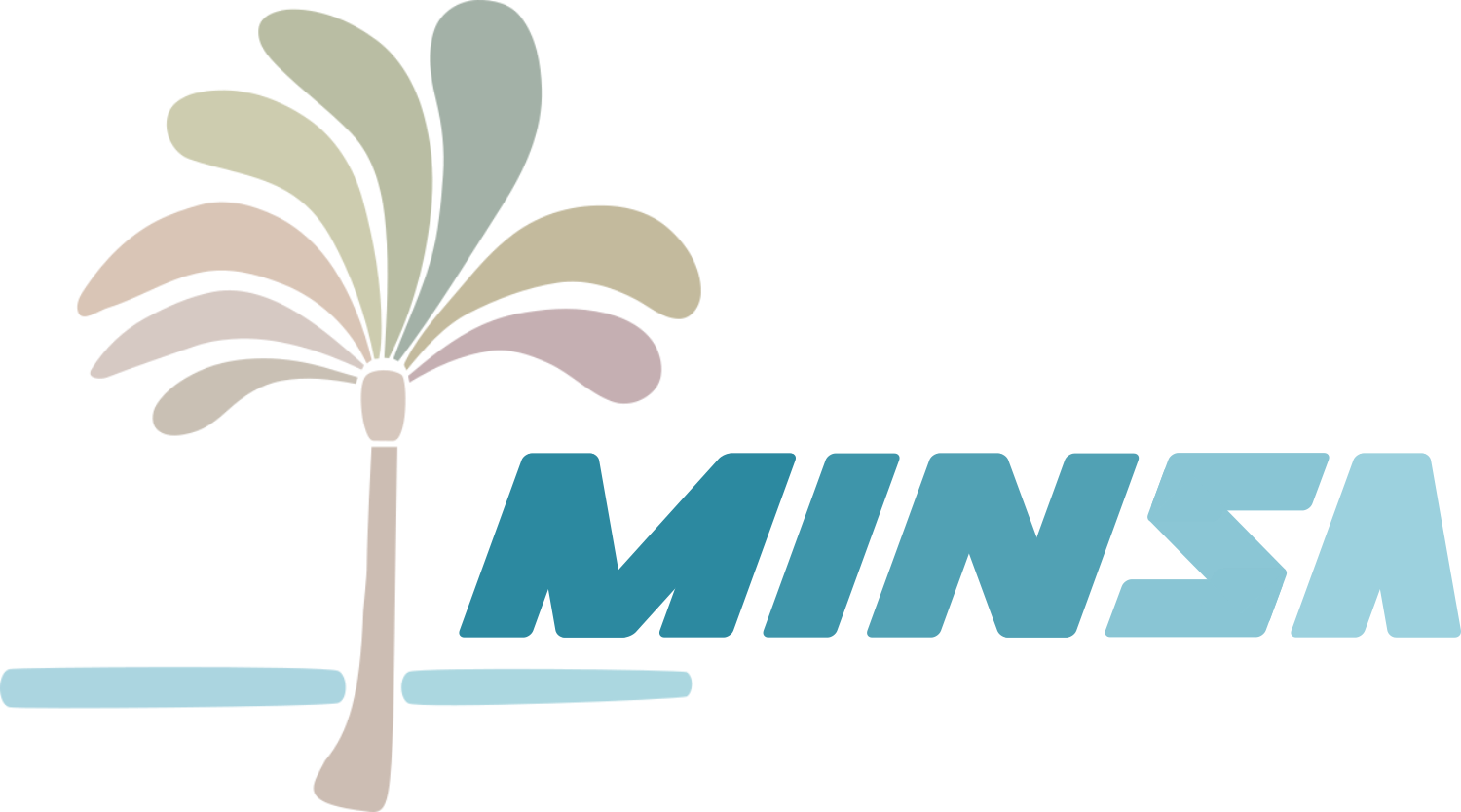Viz tools 101
Why pay for a software to make fancy graphs and charts when your table of values is all you need?
For some people like myself, learning a new skill is exciting. There is satisfaction throughout the process from diving in, noticing improvement, having tangible proof of mastery, etc. Those personal achievements feel good, but a business doesn't work like that. It is inanimate, doesn't have feelings, and doesn't appreciate a pretty diagram. In fact, the guts of a business are systems of well-designed and appropriately set parameters. So how does human creativity mix with cold-hard business rules? Where do visualizations fit in?
I think the key is to understand where problems and solutions are complete and incomplete. When you have a metric based decision (reprice if the marginal profit on the product is less than zero), you have all the information you need to make a decision in a nutshell - there is no need to complicate that. Trying to force that information into a chart or dynamic report will just create confusion, frustration, and resentment. This is a case of a complete solution: you have exactly the information you need to make the right decision.
In contrast, there are problems with no explicit solutions - how do we modify the product design if the proposed model regulation passes? Or is it worth changing pricing bands to appeal to different customer segments or is it better to offer different products? There are decisions to make but a myriad of factors and circumstances will influence what ultimately gets done.
The latter kinds of problems are well suited for visualizations
- There is a general idea of the problem and specificity doesn't help much
- Scope of the problem is difficult to assess
- A wide array of solutions are plausible
- Measurement is not possible or not very insightful
When encountering these problems, you need a large brushstroke approach to cut the sheer amount of uncertainty. This is where visualizations work really well: you can display a large amount of data in a meaningful way; it allows people to find patterns and relationships. Use a heat map with some fiery orange and red to illustrate the ability to capture more of the 40 to 55 year old affluent market and do it in a way that doesn't reduce the size of that prominent green profitability bubble representing the 60 to 75 issue ages. Compare that to the trite Excel spreadsheet where your audience had to figure out that -20% in one cell was a good opportunity, 12% in another place was important and 6% was so-so (seriously, did you even finish reading this sentence?).
Joking aside, think about your meetings and work products. Are you or your team trying to force a certain kind of solution onto a problem that really needs something else? Symptoms of this could be long times to get a simple answer. Or a lack of confidence in the answer. Or worse, the objectively wrong answer due to confusion or some other complication. If this happens on ad hoc requests or low priority tasks, so be it - fix the mistake or get an answer that is good enough. But if this repeatedly happens on key work products, a different kind of solution may help.
To sum up, use the right tools in the right place. Recognize that there are different kinds of problems to solve; some can be answered concisely with a 'yes/no' decision while others are open-ended. Are you dissatisfied with repeated mistakes and still have nagging issues afterwards? Perhaps visualization tools can help you reach your objectives.
Add your paragraph title here
About Chris
Chris Nienart has been developing visual solutions for years. From starting out automating projection charts in Excel with VBA to graduating to effective and efficient solution using Tableau. He has Tableau Designer and Data Scientist certificates and continues to sharpen his skills and work products. See how Chris tackles common pain points using Tableau.

